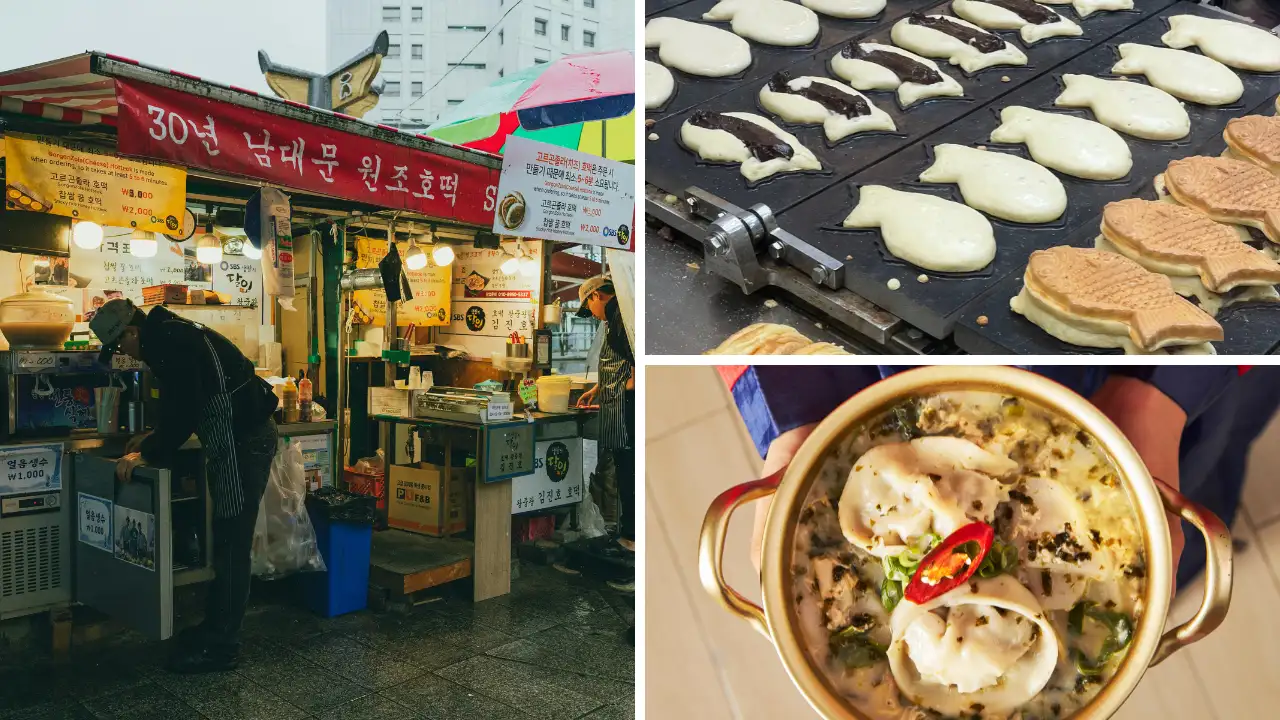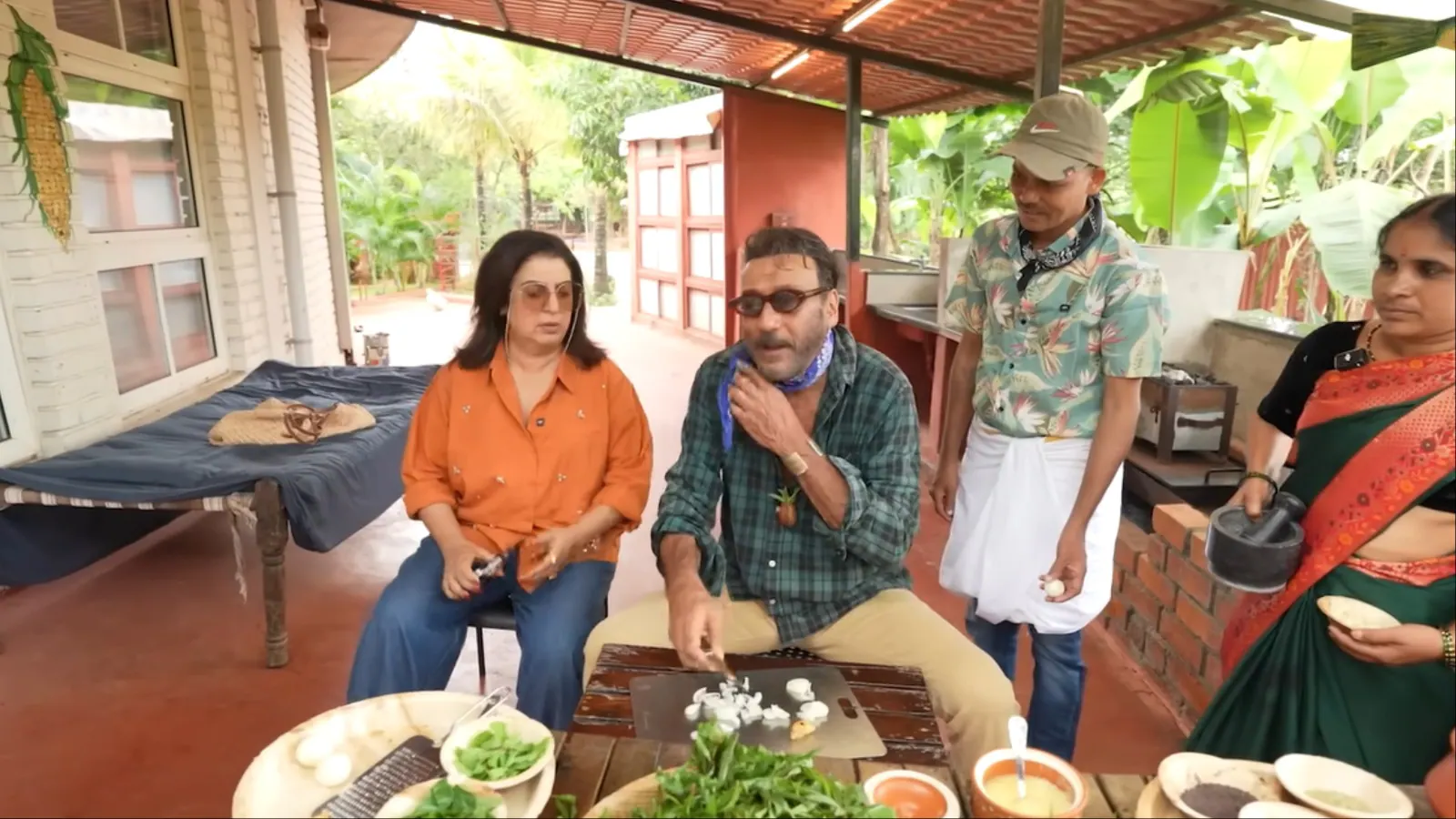Copyright timesnownews

As the winter starts in Korea, nothing can capture the spirit of street food in the region. Korean cuisine, always in tune with the seasons, reaches its most comforting peak in the winter season. From bubbling stews to piping hot street snacks, Korean winter is all about spice and warmth. Whether you're exploring Seoul's bustling markets or tucked away in the countryside, the aroma of sizzling pancakes, simmering broth and fermented spice is impossible to say no to. Here are some of the most popular yet beloved Korean dishes that will surely make your winter comforting yet bearable. Hotteok If there’s one sound that defines Korean winters, it’s the sizzle of hotteok frying on a griddle. These are golden-brown pancakes, crisp on the outside and chewy inside, stuffed with molten brown sugar, chopped nuts and a touch of cinnamon. One bite, and the syrup bursts out in a wave of warmth and sweetness. Originally introduced by Chinese immigrants in the early 1900s, hotteok has become a staple of winter street food culture. You’ll find creative twists—green tea, honey, or even cheese fillings—but the traditional version remains unbeatable. Kimchi Jjigae No list of Korean comfort food is complete without Kimchi Jjigae (kimchi stew). It’s a fiery, fragrant dish made from well-aged kimchi, tofu, pork and chilli paste, simmered until the broth turns a deep, tangy red. Every house makes it differently; some use tuna, others add dumplings, but all share that same earthy, spicy base that warms you from within. Served bubbling hot alongside a bowl of rice, Kimchi Jjigae is the kind of meal that soothes both body and soul on a freezing day. Tteokguk Tteokguk, or rice cake soup, carries both flavour and symbolism. Traditionally eaten during Lunar New Year, it’s believed to mark the gaining of another year in age. The clear beef broth is filled with sliced rice cakes; it is light yet hearty. Before serving, it is garnished with seaweed, strips of egg and spring onions. More than just a dish, it’s a family ritual—a shared bowl that celebrates time, renewal and the warmth of being together. Bungeoppang This fish-shaped pastry is filled with sweet red bean paste. Crispy on the outside and soft inside, it’s the perfect street dessert to have while strolling through night markets. Cooked in fish-shaped moulds until golden, Bungeoppang is comforting in taste. While red bean remains the classic filling, newer versions feature chocolate, custard or even sweet potato. Holding one on a cold night feels like grasping a tiny, edible hand-warmer—if your hand-warmer happened to smell like fresh pastry. Sundubu Jjigae If comfort had a flavour, it would taste like Sundubu Jjigae. This spicy soft tofu stew combines silky tofu with seafood, kimchi or minced meat, simmered in a rich, chilli-spiked broth. Served in a stone pot that continues to bubble at your table, it’s often topped with a raw egg cracked in just before eating. Each spoonful is creamy, spicy and deeply satisfying. Paired with steamed rice and a few side dishes, it’s one of the most comforting meals you can have on a cold evening. Odeng Guk On a freezing night in Seoul, only few things are more comforting than Odeng Guk (fish cake soup). Found at nearly every street stall, this clear, savoury broth made from anchovies, kelp and radish is served with skewered fish cakes that soak up the flavour beautifully. It’s light, subtly salty and endlessly soothing—an ideal pick-me-up between bites of other street food. You will often find locals waiting around steaming pots, having conversations with vendors while sipping the broth straight from paper cups. Samgyetang While Samgyetang (ginseng chicken soup) is traditionally eaten in summer to restore energy as well as in winter for its nourishing warmth. A whole chicken is stuffed with sticky rice, ginseng, jujubes and garlic, then slow-simmered until tender. The aromatic broth feels both medicinal and indulgent. Ginseng adds a subtle bitterness, balanced by the sweetness of the jujubes.



